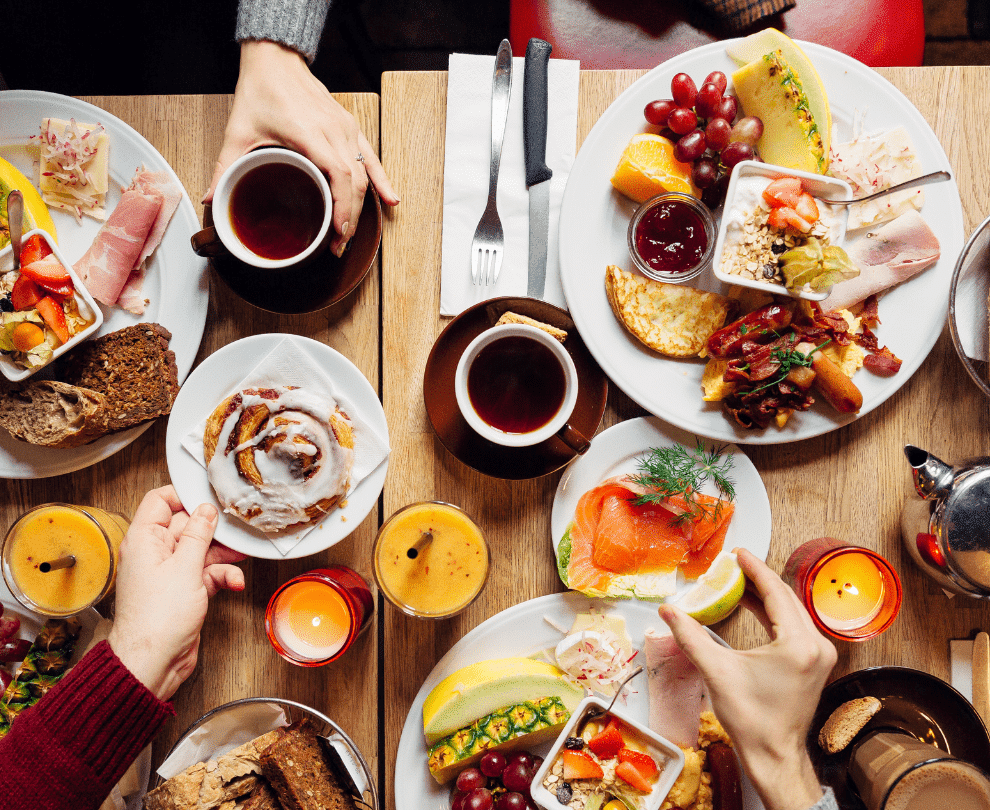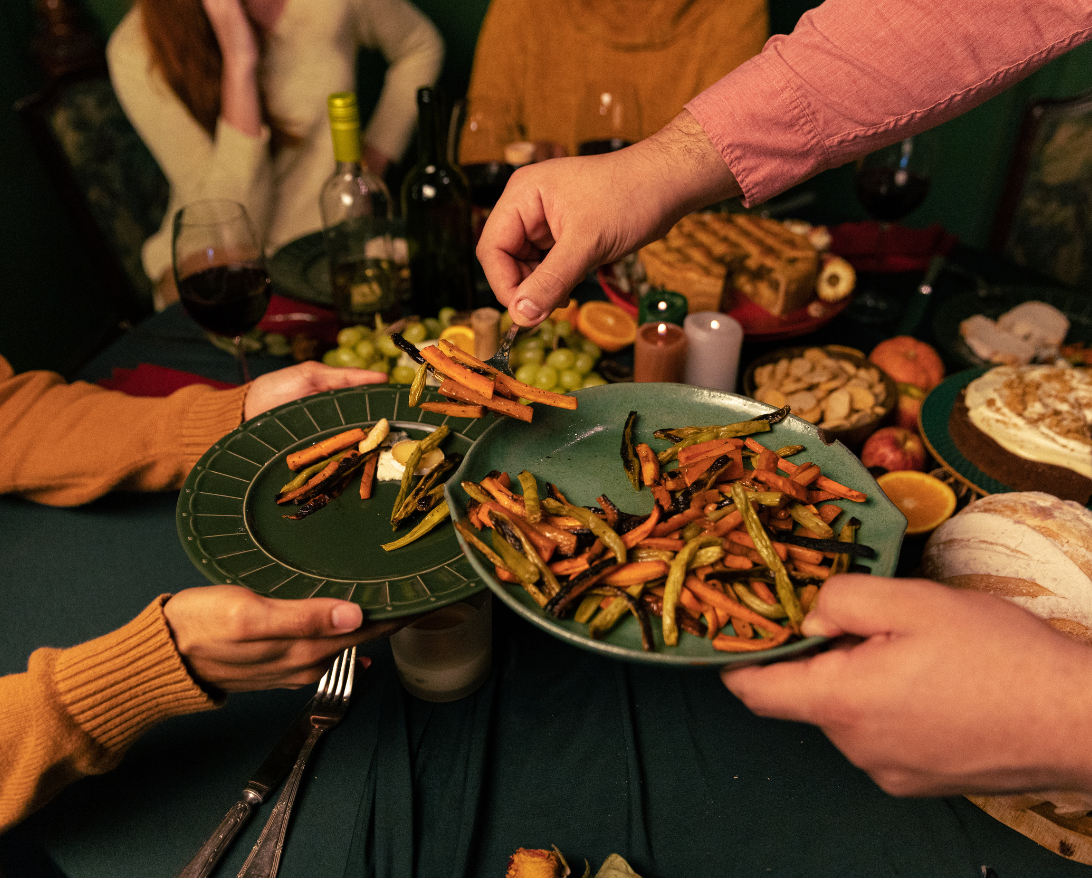Sign up for restaurant insights
It happens to restaurant owners every year: Winter hits, and business starts dropping off. December through February are usually the slowest months for restaurants — and as orders decrease and revenue diminishes, it can be hard on your finances.
Want to minimize the hit to your bottom line this year? Take action with steps that help you avoid — or at least reduce — the seasonal slump.
When are the slowest months for restaurants?
Unless you run a business in a ski town, winter is almost always the slowest season in the restaurant industry. The weather is mostly to blame; customers don’t often feel like going out when the roads are icy and the wind is cold. Lower visitor numbers can also affect your operation, especially if you’re located in a summer tourist destination.
As you look for ways to boost orders during the slower season, it’s helpful to understand the other factors that might be impacting your restaurant business outside the summer months:
- Renewed interest in budgeting. After an expensive holiday season filled with gifts, parties, and traveling, many households resolve to tighten their belts in the new year. One of the most common ways to save money is to cook at home rather than eating at a restaurant.
- Winter holidays. December can be a surprisingly slow month for restaurants — during the winter holidays, customers often enjoy traditional home-cooked meals with family and friends. Others are out of town visiting loved ones or taking vacations.
- New Year’s resolutions. Chances are, a significant percentage of your customers resolve to get healthier when the new year begins. While restaurant meals aren’t inherently unhealthy, people on a weight-loss journey may prefer to make their meals at home for full control of ingredients and portion sizes.
5 tips to avoid the slow season
Winter can be an intimidating time for the restaurant industry, but it doesn’t have to be a make-or-break situation. While you can’t control the weather, there are plenty of things you can do to increase order volume in the slow months and bridge the gap until the busy season.
1. Offer promotions
When your customers are extra-aware of their finances, promotions can be a powerful incentive. They enable diners to enjoy a meal in a restaurant without busting their new-year budgets. Encourage people to stop by with special discounts that make eating out more affordable. Depending on your restaurant concept, you could offer happy hour appetizer specials, daily specials, family meal deals, or bundles that include an entrée, drink, and dessert. You can tap into national food holidays to run a targeted promotion around a menu item. Even if the savings aren’t substantial, the psychological impact of a deal can be enough to get money-conscious customers in the door.
2. Create a seasonal menu
To help customers combat the seasonal blues, update your menu with a few exciting seasonal meals. This is a particularly effective strategy during the slow months of late January and early February, when the post-holiday slump is in full swing. New, limited-availability menu items can pique diners’ interest and create a reason to gather with friends. To get customers’ attention, try using fresh local ingredients or hearty seasonal flavors. Make sure to publicize your winter menu to remind customers that it will be gone by the summer months.
3. Expand your delivery options
When the weather is cold, customers aren’t always motivated to bundle up and drive to your restaurant. That’s when delivery becomes more important than ever — expand your takeout and delivery options to make ordering as easy as possible. One solution? Work with a trusted delivery partner such as Grubhub; because existing users already have saved addresses and payment methods, it makes ordering quick and easy. You can even add delivery promotions to entice new customers and appeal to budget-minded diners.
4. Ramp up customer communication
Don’t let your social media posts and marketing emails fade during the slow period — keep them going strong all winter long. Regular communication keeps your brand at the top of customers’ minds so they’re more likely to think of you when it’s time to dine out. Social media is especially important; when people are scrolling on a cold evening, a mouthwatering food photo or a cozy ambiance video can persuade them to get off the couch and over to your restaurant.
5. Plan in advance for holidays
Does your business usually slow down during the holidays? Plan to run themed specials that capitalize on the festive spirit. Create Valentine’s Day cocktails, host a New Year’s Eve gala, or plan short-term holiday pop-ups. While you’re at it, prepare colorful promotional graphics to include in advertisements and post on social media; they’re a great way to capture the joy of the season and set your business apart from competitors in the restaurant industry. Plus, you’ll boost business on historically slow days.
Let Grubhub be your guide
Need help bringing in new customers during your restaurant’s slow season? Grubhub is here to support you. When you sign up with Grubhub for Restaurants, you’ll get resources and marketing tips to help support your digital marketing efforts. We also offer promotions and loyalty tools you can use to boost restaurant sales in the slow months and beyond. And of course, our varied delivery options make it easy to build an efficient, customer-centric experience that keeps your guests coming back for more.
No matter the time of year, Grubhub is dedicated to helping you improve restaurant performance. Curious? Get started with Grubhub today!





